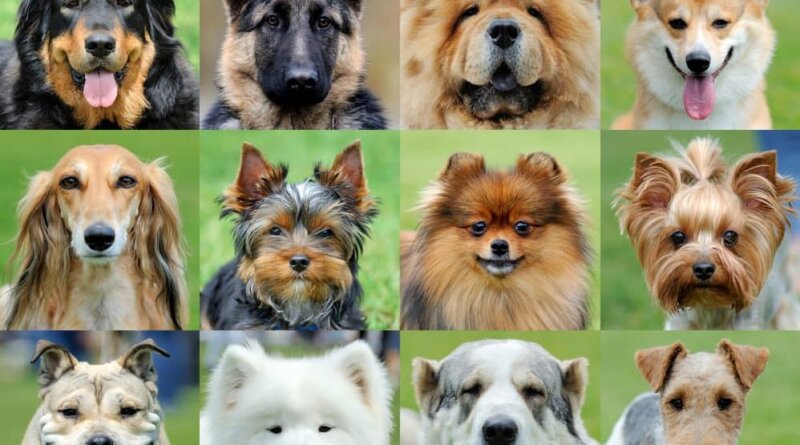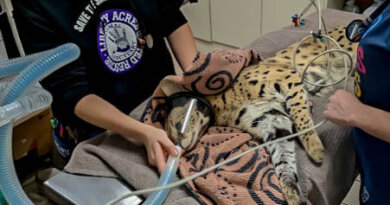Choosing the Right Grooming Tools for Your Unique Dog
Whether your dog is long-coated, short-coated, or double-coated; fluffy, puffy, or scruffy; neatly trimmed or au naturale, the variety of grooming tools available are as diverse as dogs.
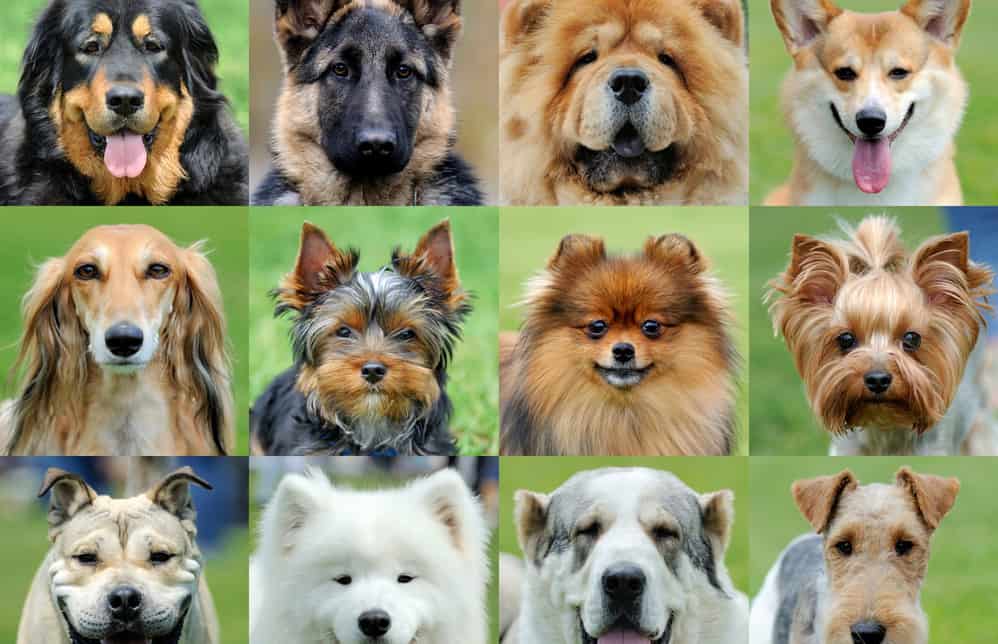
The right brush for a short-coated Boxer would be totally wrong for a double-coated Golden Retriever and the dematting rake you might use on your thick-coated Newfie could damage the silky-smooth hair of your Yorkie. With help from Andis Grooming Educator, Jessica Moore, we’re breaking down which grooming tools are right for your unique dog, based on their coat type.
Smooth & Short Coats
Boxers, French Bulldogs, Great Danes, Dobermans, Pit Bulls, or similarly coated breeds should use the following tools:
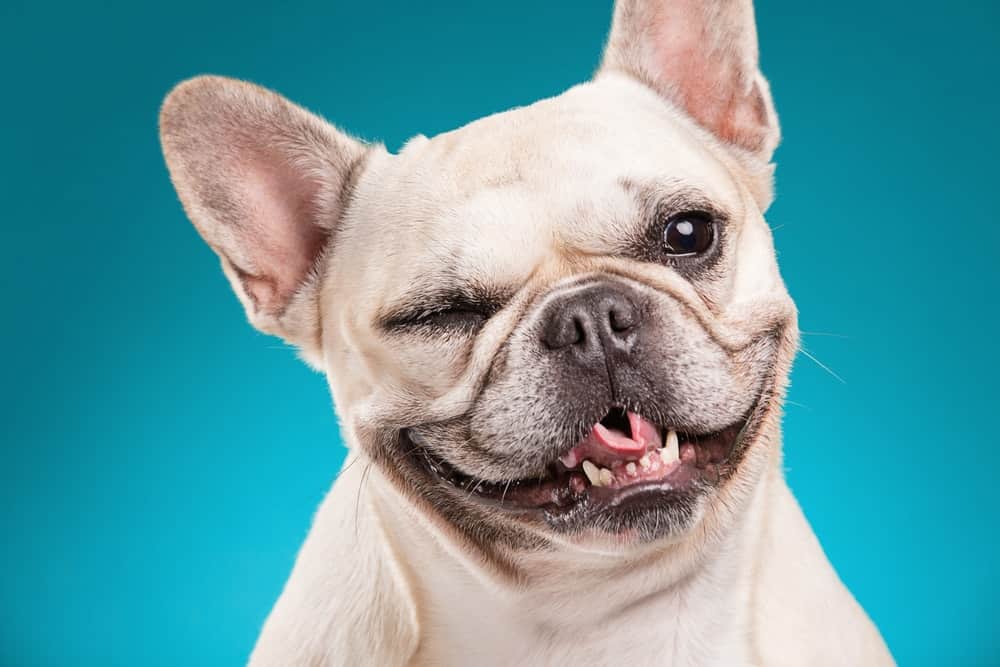
Brushing: For this type of coat, Jessica recommends using a rubber curry brush for regular brushing. The flexible rubber nubs massage the skin and distribute oils through the coat while removing loose fur and dirt.
Coat Care: While smooth & short-coated dogs require less grooming than other types, they can often be prolific shedders. To reduce shedding, use a deshedding tool. These unique tools remove loose hair without causing damage to the top-coat to reduce shedding by up to 90%.
Trimming & Clipping: Dogs with short, smooth coats will typically require very little trimming or clipping. But, it’s still important to have the right tool for the job. If it’s necessary to trim their fur, opt for thinning shears that create cuts that easily blend into the surrounding coat.
Light/Medium Straight Coats
Maltese, Shih Tzus, Yorkies, Mini Schnauzers, Westies, or similarly straight-coated breeds should use the following tools:
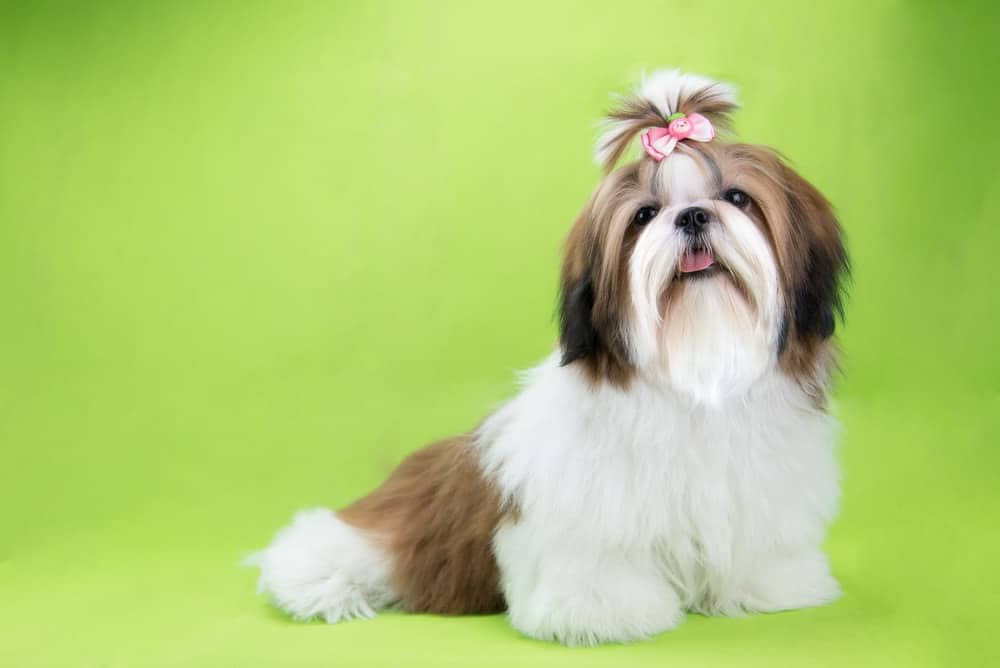
Brushing: Your straight-coated dog should be regularly brushed using a slicker brush. These brushes are available in both small and large sizes and have short, thin wire bristles placed closely together on a flat surface. The design of the brush allows it to pass through the dog’s fur, detangling and loosening dead hair from both the topcoat and undercoat. After brushing with the slicker, use a stainless steel comb to check for any tangles or mats that need extra attention.
Coat Care: While some dogs in this category aren’t big shedders, those that do shed will benefit greatly from an occasional brushing with a deshedding tool to easily remove loose undercoat. If their fur is long or thick, a rake comb can also be used to remove loose undercoat. If your straight-coated dog has developed mats, a dematting tool works to remove loose undercoat and reduce shedding while also eliminating tangles.
Trimming & Clipping: Most straight-coated dogs will require regular grooming, trims, or haircuts to maintain a healthy, tangle-free coat. Shih Tzus, Lhasa Apsos, Havanese, or any mixes of these or dozens of other straight-coated breeds can be trimmed with curved grooming shears. Use thinning shears to blend your cuts into the rest of the coat.
To clip light to medium straight coats, opt for a detachable blade clipper that is easily adaptable to a variety of cuts and styles. One of our favorites is the Andis Easy Clip Groom Detachable Blade Clipper Kit because of its lightweight, powerful motor that clips quickly and easily while staying cool and quiet for your dog’s comfort.

All of the grooming tools discussed in this guide can be found at Andis.com. Use coupon code DOGPOST10 for 10% OFF orders over $50 and FREE SHIPPING on any purchase over $99! (Offer valid through 12/31/2020, unlimited uses).
Heavy Coats
Golden Retrievers, Huskies, German Shepherds, Cocker Spaniels, Collies, Newfoundlands, Pomeranians, and similarly thick, heavy-coated dogs should be groomed with the following tools:
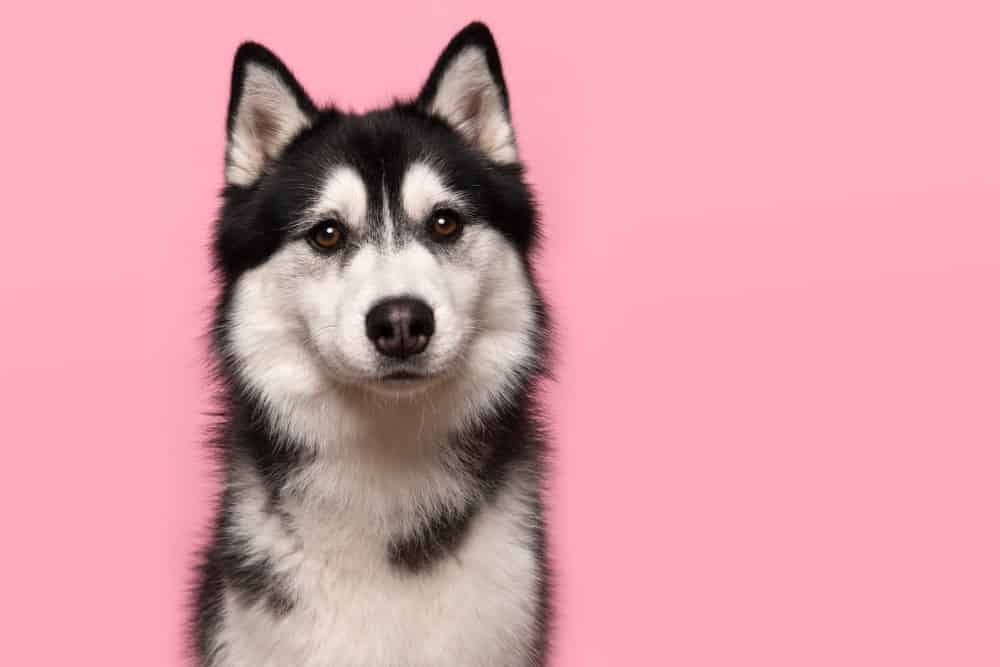
Brushing: Owners of these breeds already know the importance of regular brushing to avoid mats, reduce shedding, and improve coat quality. But, groomer Jessica Moore says pet parents most often use a standard pin brush—the wrong brush for these breeds. Your heavy-coated dog should actually be regularly brushed using a slicker brush. To keep shedding to a minimum and reduce tangles, use a rake comb, too.
Coat Care: If your heavy-coated dog has developed mats, a dematting tool works to remove loose undercoat and reduce shedding while also eliminating tangles. And, a dematting rake works great for removing mats and tangles on tails or areas where long hair commonly develops mats. As with other breeds and coat types, brushing should be followed up with a stainless steel comb to check for any missed knots or mats.
Trimming & Clipping: While not all heavy-coated dogs are regularly clipped or trimmed, most of them will at least require foot and paw pad trims as well as sanitary trims for cleanliness and hygiene. Small, simple trims can be easily achieved with curved grooming shears, using thinning shears to blend your cuts into the rest of the coat.
Or, heavy-coated dogs can be trimmed using clippers designed especially for thick, heavy fur. We love the Andis Excel 5-Speed+ Detachable Blade Clipper for its versatility across all coat types while adjustable speeds allow you to lower the speed for cooler running and clipping around sensitive areas, or increase speed for a prettier coat finish.
Curly Coats
Poodles, Bichon Frises, Portuguese Water Dogs, Doodles, or any similarly curly-coated dog breed should be groomed with the following tools:
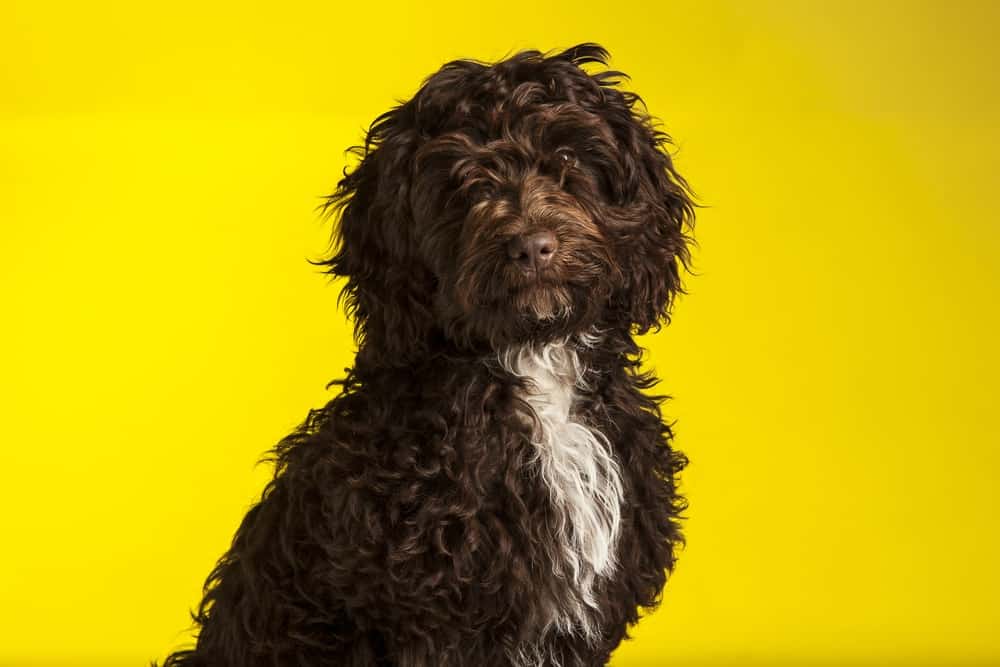
Brushing: If you have a curly-coated dog, you already know how important it is to brush regularly to prevent knots and mats from forming. For regular, everyday brushing, opt for a pin brush or slicker brush, depending on the heaviness of the dog’s coat. As always, follow up brushing with a stainless steel comb to check for knots or mats you may have missed during brushing.
Coat Care: If your curly-coated dog has developed mats, a dematting tool works to remove loose undercoat and reduce shedding while also eliminating tangles.
Trimming & Clipping: Curly-coated dogs typically require regular trimming and clipping to maintain healthy skin and coat. Small, simple trims can be easily achieved with curved grooming shears, using thinning shears to blend your cuts into the rest of the coat.
You’ll want to keep quality clippers on hand to keep on top of grooming, sanitary trims, paw trims, and haircuts. For frequent at-home grooming, we recommend the Andis Endurance® Brushless Motor Clipper. This clipper is lighter than other clippers, making it the perfect choice for pet parents that do a lot of clipping. The brushless motor is reliable, dependable, and just a solid workhorse, perfect for big grooming jobs.
All Breeds & Coats
Although different coat types will most often require different tools, there are some tools that every dog parent should have on hand, regardless of their dog’s breed or coat type.
Nail Clippers & Nail Grinder: A pair of high-quality nail clippers are an essential grooming tool for all dog owners. After clipping—or, for dogs that hate having their nails cut with clippers—a cordless nail grinder makes it easy to smooth and shorten nails safely and quickly.
Flea Comb: Aside from the obvious use of combing out fleas, a flea comb is the perfect grooming accessory for cleaning gunk from the corners of your dog’s eyes, too.
In the video below, Andis Grooming Educator and professional groomer, Jessica Moore gives a closer look at grooming tools for each coat type and demonstrates how to use them!
To purchase any of the grooming tools demonstrated in the video, head to Andis.com and use coupon code DOGPOST10 to save 10% on orders of $50+ plus Free Shipping on any order over $99!
For even more grooming tips and tricks, visit Andis Grooming College for answers to commonly asked questions, how-to videos, and step-by-step guides to grooming your dogs at home.

